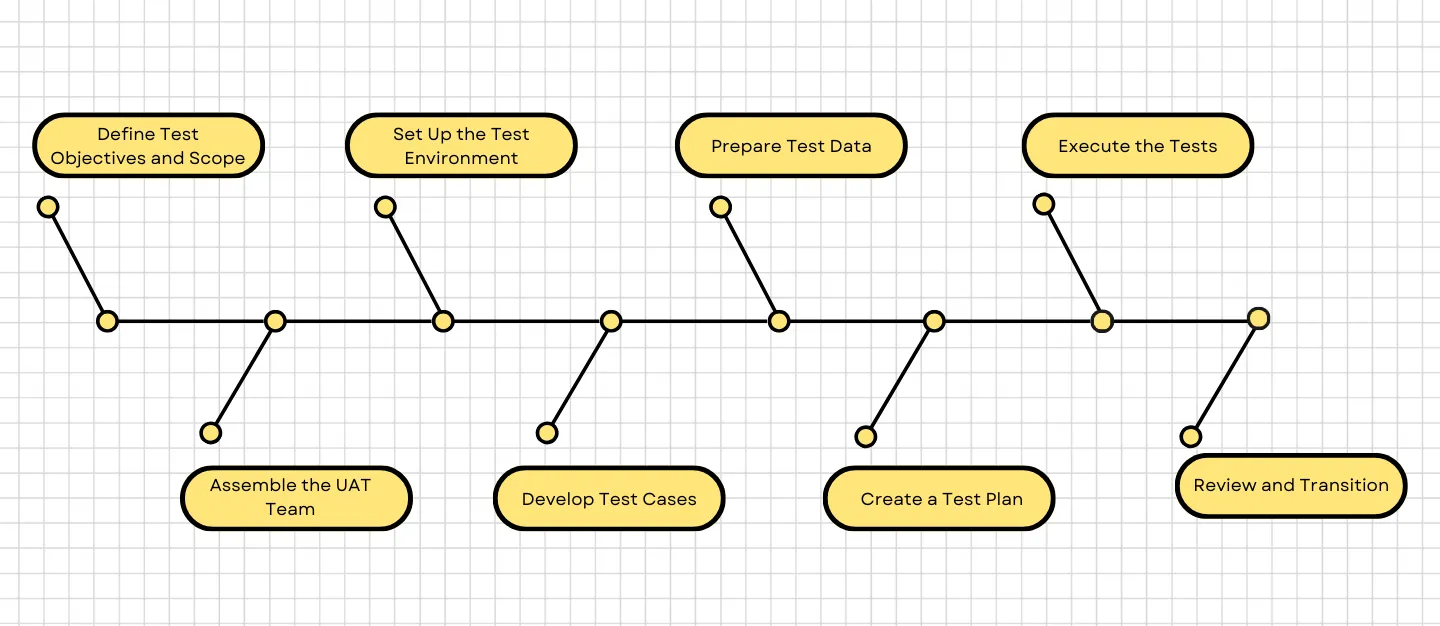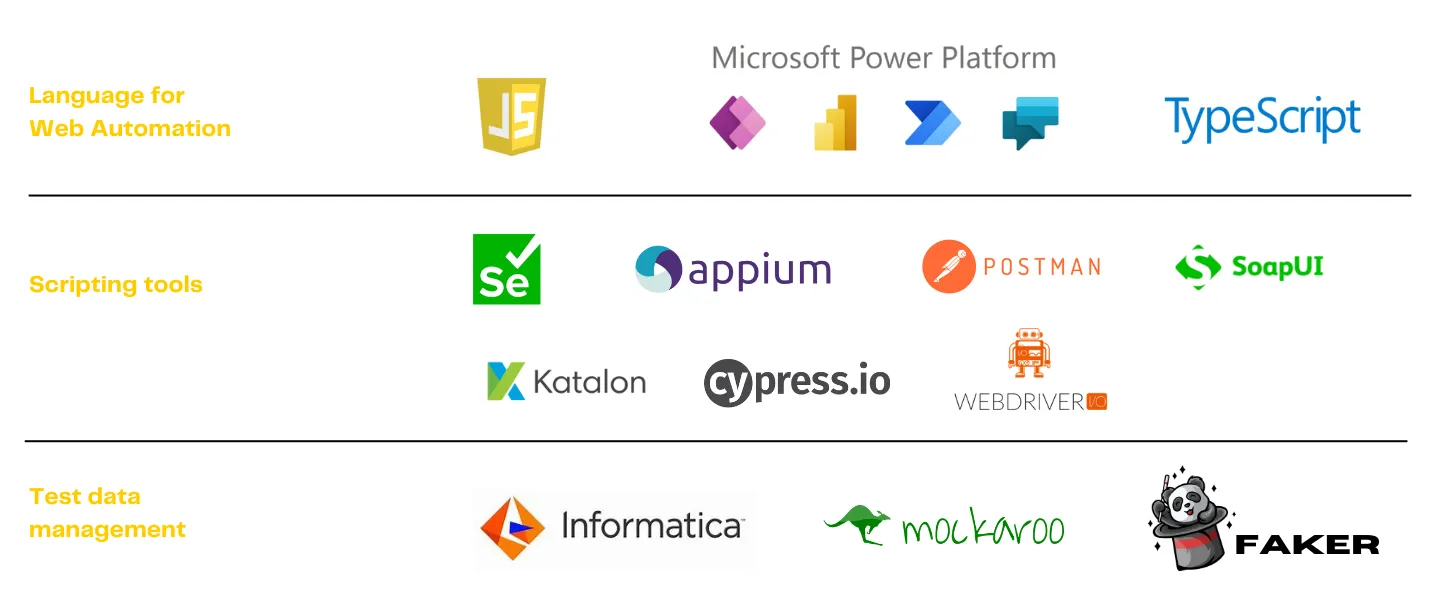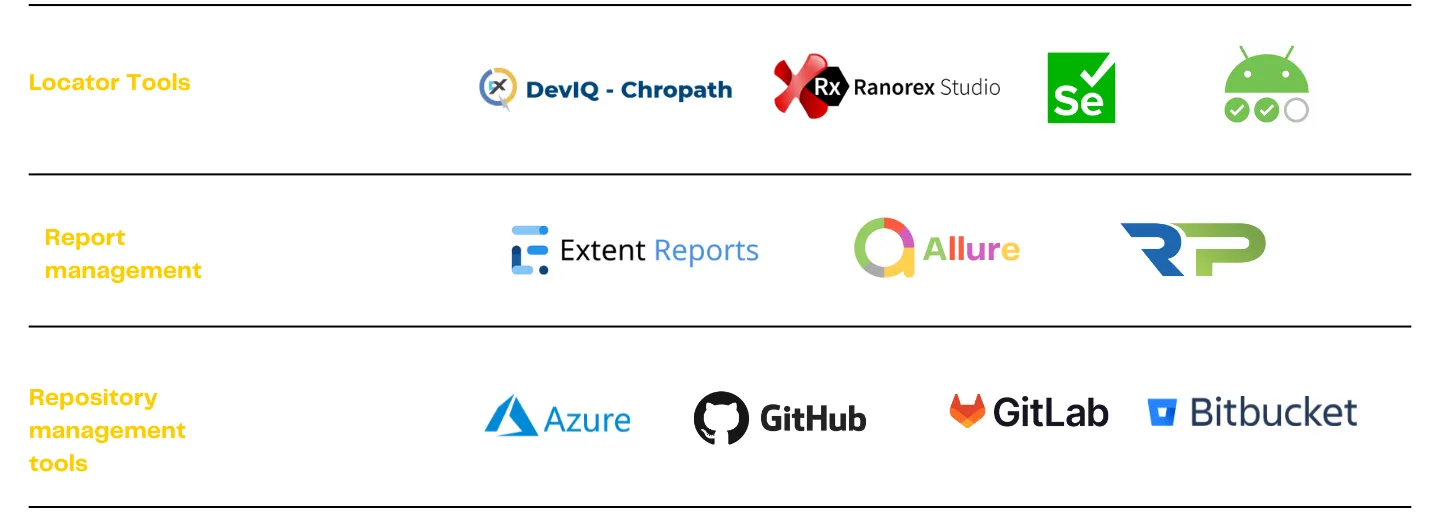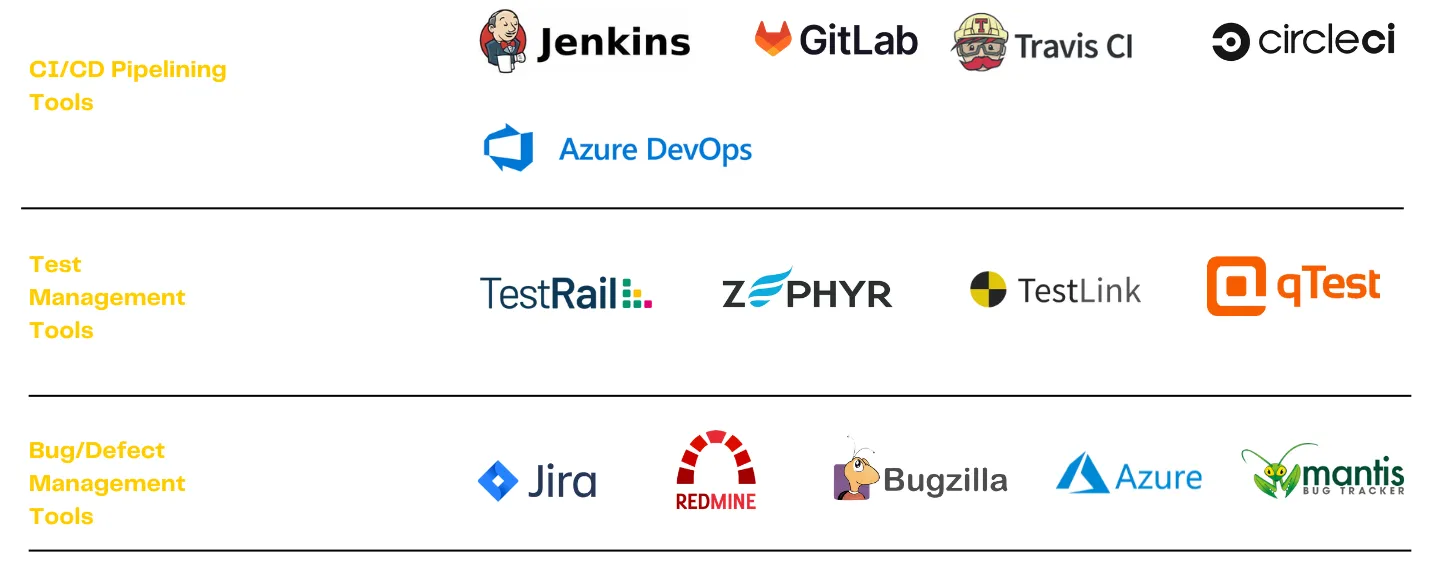Want to Bridge the gap when D365's Capabilities aren't meeting User Realities?
“ Book a session with our experts now to transform challenges into opportunities. ”
User Acceptance Testing (UAT) is a critical phase in the software deployment process where actual software users test the software to ensure it can handle real-world tasks. If UAT fails for Microsoft Dynamics, it indicates a mismatch between the system's functionalities and the user's expectations or needs. Here are some reasons why MS Dynamics User Acceptance Testing might fail :

Dive Deep into Authentic MSD 365 Usage :

Win Over Users with Trustworthy MSD 365 :

Ensure a Hitch-Free Transition to MSD 365 :

Usher in Reliable Deployments :

Gear Up for Game-Changing Rollouts :
Frugal Testing provides top-notch testing solutions fit for today's online world. While specializing in making sure apps and websites work just right, frugal testing stands to be the one stop destination for testing. One of the standout services is Microsoft Dynamics 365 User Acceptance Testing.
Frugal testing makes sure that Dynamics 365 not only works well but also feels right to its users. When businesses choose Frugal Testing, they're picking reliability and a sure fit with what they need.
.webp)
Enduring Digital Experiences :
Reliability in Every Code :
Streamlining workflows :
Raising Performance to Meet Expectations :
Empowering Users with Future-Ready Testing :
Empowering your software to perform at its best

Define Test Objectives and Scope : Starting by clearly specifying the goals and limits of UAT for Microsoft Dynamics 365. This ensures everyone understands the focus of the testing effort. Additionally, establish boundaries for what will be tested and what is not within the scope to prevent misunderstandings.
Assemble the UAT Team : Forming a team comprising individuals from various roles and departments to ensure a comprehensive evaluation. This diversity brings different perspectives and ensures thorough testing.
Set Up the Test Environment : Creation of a test environment that mirrors the actual D365 system as closely as possible is necessary. This involves duplicating the system's settings, customizations and data. It's similar to setting up a safe testing environment.
Develop Test Cases : Writing clear and detailed test cases that serve as step-by-step instructions for users is important. Basing these on the organization's business needs and requirements ensures comprehensive coverage of D365's functionality.
Prepare Test Data : Populating the test environment with data that closely resembles real-world scenarios. This data would replicate the information an organization typically handles.
Create a Test Plan : Construction of a test plan that outlines the testing roadmap is required. It should include a timeline, define responsibilities and identify any dependencies or prerequisites.
Execute the Tests : During this phase, D365 will actively be used as part of their daily work. The goal is to identify issues, inconsistencies, or areas where the system does not meet organizational requirements. Maintenance of a record of the results, including encountered problems is a must.
Review and Transition : After testing, gathering feedback from the UAT team takes place. Once confident in the system's readiness for production, planning for data migration from the test environment to the live system is followed. This ensures a seamless transition to real-world D365 usage.







.webp)



.webp)







.webp)

We're all ears and eager to discuss your testing needs!
Crafting the best testing strategy for your product starts here.